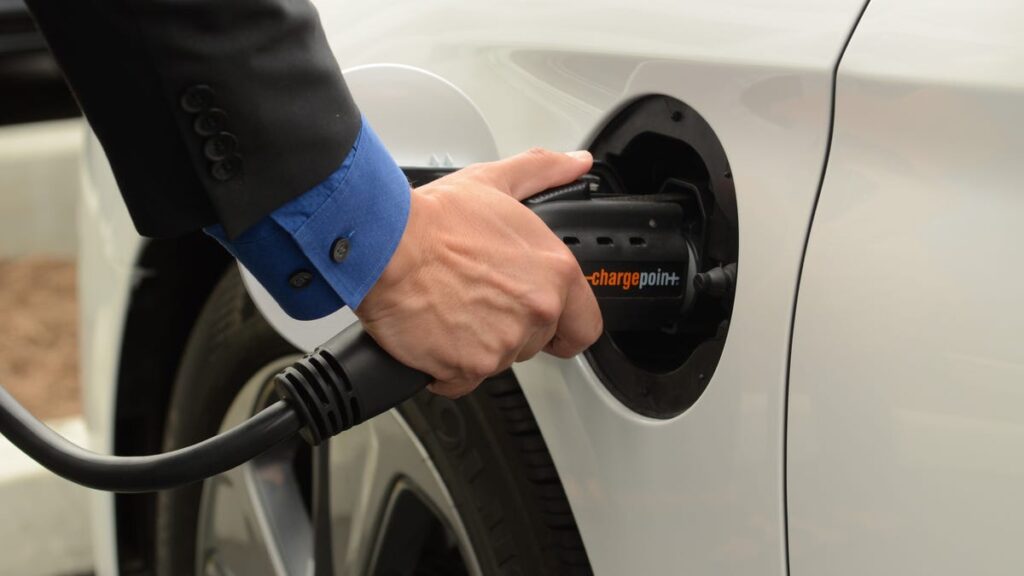The Average EV Driver Is Sitting At A Fast Charger For More Than 40 Minutes

Image: Hyundai
Whether it comes down to a trend of buyers seeking bigger batteries, public DC fast chargers not delivering the speeds they advertise, or lack of knowledge of fast charging practices, it’s taking 42 minutes for the average EV to charge up. A study from Energetics covering 2.4 million charging sessions over a three-year period proved that many drivers are sitting at chargers for a lifetime to get their EVs packed with electrons.
Hyundai Considers Jumping On The Tesla Charger Bandwagon Too
Tesla, for all its foibles, still has the best customer interface for charging and mapping. If you’re road tripping in a Tesla, it will not only guide you to the best stations along your route, but it’ll tell you exactly how long you’ll need to stay stationary in order to get to your destination quicker, even if that means stopping more often. This encourages Tesla drivers to opt for more frequent shorter charging sessions. When you add Tesla charging to the overall fast charging numbers, the average charging time drops to just 31 minutes.
Public chargers are typically best used for road trips, and most daily-use charging should be done at home, if possible. The best charging speeds happen when the battery is pre-conditioned and is between 20 and 80 percent. The first 20 percent and the last 20 percent will comparatively take ages to fill up, as the electrons find places in the battery to settle into. It’s something of an art, managing your charge, but it’s typically not beneficial to fill a battery to its full capacity unless you absolutely need it to get to your destination or next charge.
With modern EVs accepting much higher charging speeds than in the past, and more high-speed chargers being installed nationwide, hopefully these wait times will come down in fairly short order. There’s certainly a steep learning curve to driving an EV, but as consumers become more comfortable with them, and learn more about the best ways to drive them, those charge session times will lower as well.




